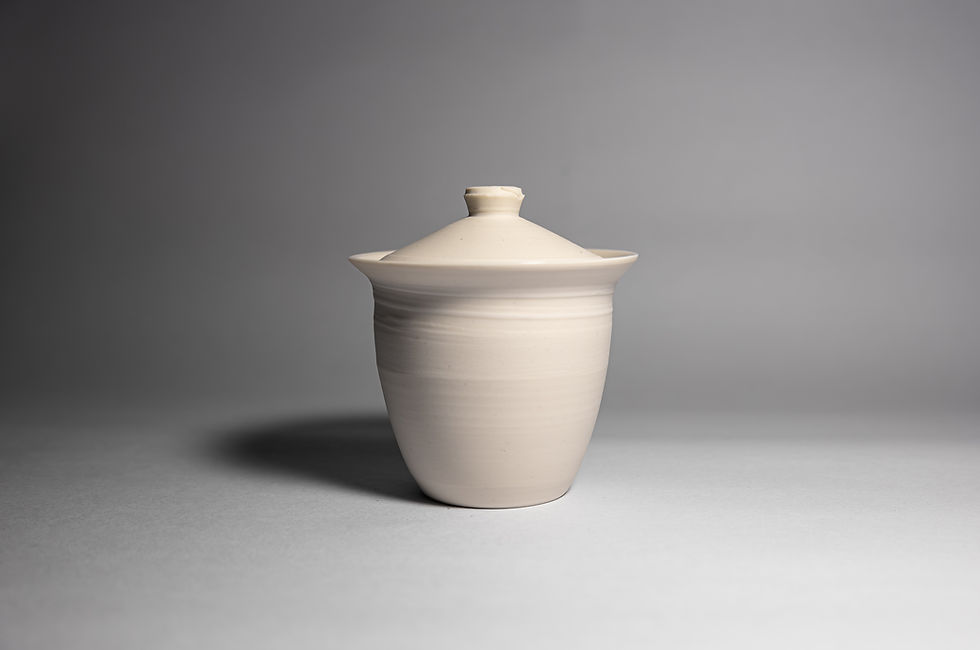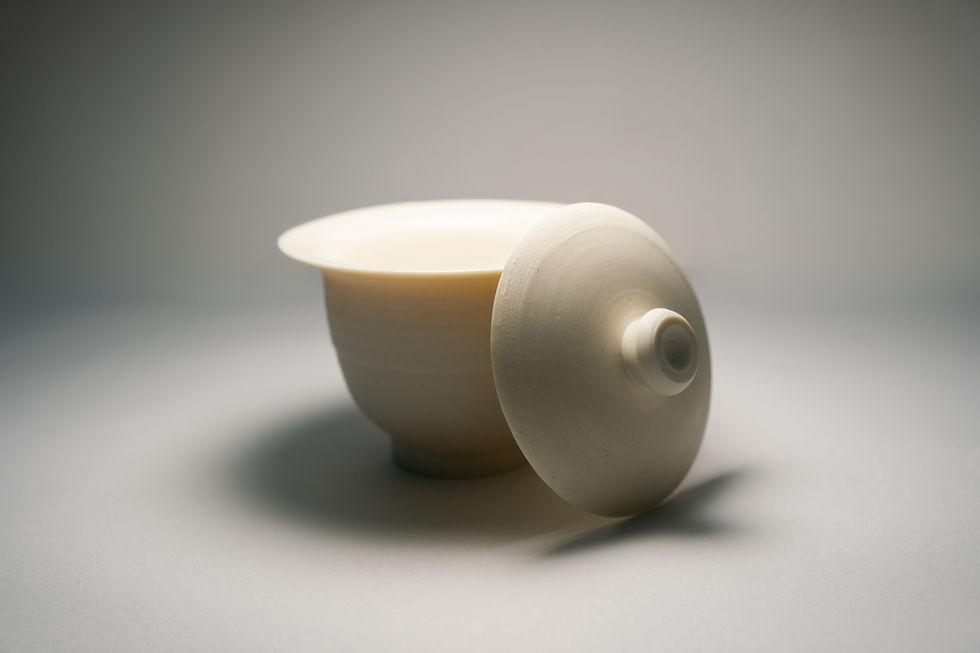We have the most awaited tea from us, the Gushu Sheng Cake from Manipur, India! The tea which put us on the map and also the tea which started the change in perception about Indian tea. We started making this tea in 2018 and the journey has been exceptionally rewarding.
Our experiments gave us various delicious teas, from something which resembled a black or green tea to some versions resembling oolong + sheng chai! After years of tweaking and learning, we have finally arrived at a version which is going to be our standard offering. The maocha is processed right like it should be with no extra oxidation & no long wither like we used to love doing. With the kill-green done just right, it preserves the springtime vigour very well. One of the challenges with making this tea early on was getting the kill-green temperature right, which we now realise was kind of impossible to get so early on. People who toss the tea on the wok, need to have the muscle memory to do so, no amount of geekery would add the touch of "chef's kiss" here, intuition is the key. Another thing we wanted with this tea was to keep the sweetness and dark woody notes in the tea, because we and our patrons loved that flavour. It is hard to not seek notes of sandalwood and raisins in your tea if you have tasted them once. To do that, we had to get a minimal oxidation on the leaves, but not during the maocha stage, or else we will be having the 2019 version of the tea. So we have figured out a way to get that without affecting the core taste. After the pressing, we do 6 hours of air dry and sun dry it in the shade, for 4-5 days. That leads to a small amount of oxidation responsible for the beautiful woody and sugary notes. What that also does is that it mellows the young sheng bitterness and turns that into refreshing fruity and green notes. Now let us move ahead to describing the taste of this tea.
The dry leaf has an aroma of a gooseberry preseve. After you rinse the leaves, you get notes of caramel and wood. On the first infusion, you get notes of gooseberry with a sweet sugary finish. The finish is also slightly fruity with notes of custard apple. Once the leaf has opened, which it will for sure after the first brew since our pressing is not very hard, the real story begins! The second infusion has notes of lavender incense and saffron. On the third infusion, you can feel more spice notes with subtle hints of cassia and nutmeg. The spice notes are just present, never making you feel overwhelmed. The liquor now is very thick and has a very long huigan(pleasant returning aftertaste) of crunchy Indian jujube. On the fourth infusion, the jujube note is on the centerstage and has an even longer aftertaste, with the finish resembling custard apple. On the fifth infusion, you will enjoy the delicious incense note with fruity finish of green apricots. On the sixth infusion, sandalwood is the prime note. On the seventh infusion, it turns even thicker with notes of guava and raisins. Eigth infusion onwards, the liquor becomes like caramel with hints of candied fruits in the background.
It can go for as long as you want it to! We hope this tea sees every country on earth and greets their Chinese counterparts in your pumidor! We have worked hard for 6 years on this tea and are proud to present it in its finest form to you!
Appearance : Light orange
Taste : Caramel, wood, gooseberry, lavender incense, saffron, sandalwood, Indian jujube, apricot, guava, custard apple, raisins
Steeping Time : 4 minutes western style, 20 seconds gongfu style adding 10 seconds every subsequent steep
Leaf to water ratio : 0.8 gram per 100ml for western style, 6 grams per 100ml for gongfu styleRecommended Steeping Temperature : 90-95°C
Harvest Season : Spring 2023
Recommended Steeping Method : Works best gongfu style
top of page
$30.00Price
Have a look at some more teas!
bottom of page
















